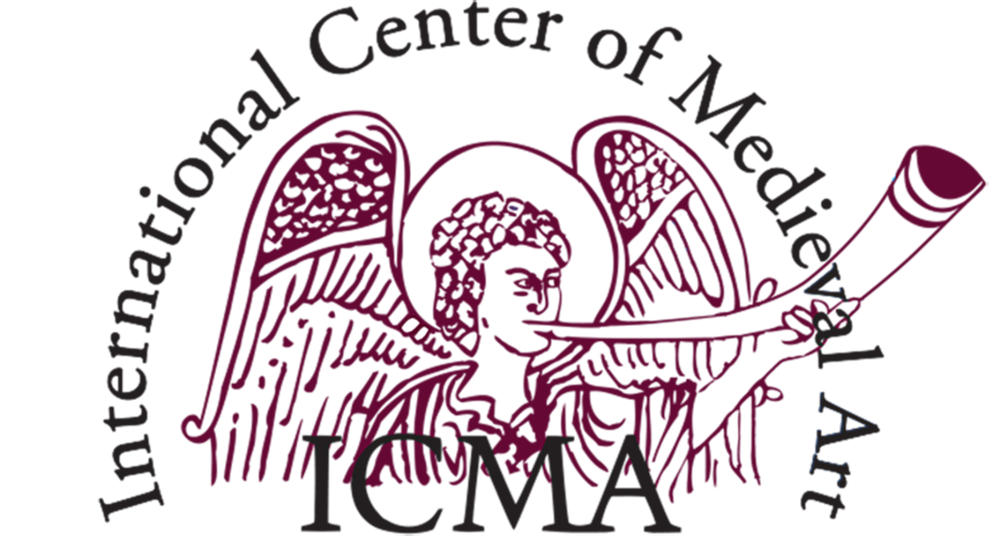Call for Papers
International Conference
Who Ruled the World? Queen Urraca and Her Contemporaries in the Early Twelfth Century
3 – 5 March 2026, Madrid
Abstracts and Author Bio Due 1 April 2025
Organization:
Museo Arqueológico Nacional, Madrid
Research Grant: Intersections of Gender, Transculturalism, and Identity in Medieval Iberia: The Recycling and Long Life of Objects and Textiles (Spanish Ministry of Science, Innovation, and Universities, PID2023-151143NA-I00, 2024-2027), PI: Verónica Carla Abenza Soria, Universidad Complutense, Madrid
Organizer: Therese Martin, Instituto de Historia, CSIC, Madrid
This conference marks the 900th anniversary of the death of Queen Urraca of León-Castile (born 1079/80, r. 1109-1126) by investigating issues of ruling power and its material display in the early twelfth century. Previous historiography has tended either to downplay Urraca’s seventeen-year reign or at best to compare it with that of other queens, especially Matilda of England (d. 1167), Melisende of Jerusalem (d. 1161), and to a lesser degree Petronila of Aragón (d. 1173). These reigning queens, while instructive comparisons, were born respectively in 1102, 1105, and 1136; they were from the generations after Urraca, more properly contemporaries of her son Alfonso VII (born 1105, r. 1126-1157). Therefore this conference seeks instead to call attention to rulers – male or female, of any religion – whose reigns were strictly contemporary to Urraca’s in the first quarter of the twelfth century, in order to understand how her rule played out in its day, not in hindsight.
We welcome paper proposals investigating the artworks and material culture that can be associated with early twelfth-century rulership, including coins, seals, textiles, manuscripts, metalworks, sculptures, buildings, etc., as well as written evidence. Of particular interest are studies focused on objects and texts that demonstrate cross-cultural or long-distance networks, as well as analyses of the concepts of gender and religion in the construction of power and authority in the early twelfth century. We encourage both individual case studies and larger inquiries, for Europe and beyond, that consider figures whose rulership, like Urraca's, made an impact on the social and material culture of this period.
Paper proposals are sought on rulers and the display of rulership from Urraca’s lifetime, especially those that will contribute to clarifying the larger framework of her reign.
Send title with abstract and author bio, in English or Spanish (not more than 500 words each), and any queries, by 1 April 2025 to: Urraca2026@gmail.com
CFP
Congreso Internacional
¿Quién gobernó el mundo? La reina Urraca y sus contemporáneos a principios del siglo XII
3 – 5 Marzo 2026
Título y resumen del 1 de abril de 2025
Organizadores:
Museo Arqueológico Nacional, Madrid
Proyecto de Investigación: Intersecciones de género, transculturalidad e identidad en la Edad
Media Peninsular: el reciclaje y larga vida de los objetos y textiles (Ministerio de Ciencia, Innovación y Universidades, PID2023-151143NA-I00, 2024-2027), IP: Verónica Carla Abenza Soria, Universidad Complutense, Madrid.
Dirección científica: Therese Martin, Instituto de Historia, CSIC, Madrid
Este congreso conmemora el aniversario de la muerte hace 900 años de la reina Urraca de León- Castilla (nacida 1079/80, r. 1109-1126), investigando cuestiones sobre el ejercicio de poder y su traducción material a principios del siglo XII. La historiografía ha tendido a minusvalorar los diecisiete años del reinado de Urraca, o bien, a compararlo con el de otras reinas, especialmente con Matilda de Inglaterra (m. 1167), Melisenda de Jerusalén (m. 1161) y, en menor medida, Petronila de Aragón (m. 1173). Estas reinas, aunque ofrecen casos comparativos muy instructivos, nacieron respectivamente en 1102, 1105 y 1136, con lo cual pertenecieron a una generación posterior a la de Urraca, más próxima a la de su hijo Alfonso VII (nacido 1105, r. 1126-1157). Por ello, el congreso se centra en los gobernantes, -tanto hombres como mujeres, de cualquier religión-, cuyos reinados durante el primer cuarto del siglo XII fueron estrictamente contemporáneos al de Urraca, a fin de entender el gobierno de la reina dentro de su contexto.
Serán bienvenidas propuestas que investiguen obras de arte y cultura material que se puedan asociar con la gobernanza a principios del siglo XII, incluyendo monedas, sellos, textiles, manuscritos, objetos de orfebrería, escultura, arquitectura, etc., además de fuentes textuales. Se dará especial relevancia a estudios centrados en objetos y textos que demuestren intercambio cultural o redes de contacto de larga distancia, así como aquellos que analicen los conceptos de género y religión en la construcción de poder y de autoridad en los albores del siglo XII. Serán de interés tanto casos de estudio individuales como cuestiones de mayor alcance, en Europa o más allá, que consideren personajes cuyo gobierno, en línea con el de Urraca, generaron un impacto sobre la cultura social y material del periodo.
Se privilegiarán propuestas sobre gobernantes y la manifestación de su capacidad para gobernar del horizonte vital de Urraca, en especial las que contribuyan a arrojar luz sobre el amplio contexto de su reinado.
Enviar título y resumen en español o inglés junto con una mini biografía de autor/a (de no más de 500 palabras para cada uno), o cuestiones a resolver, antes del 1 de abril de 2025 a: Urraca2026@gmail.com




